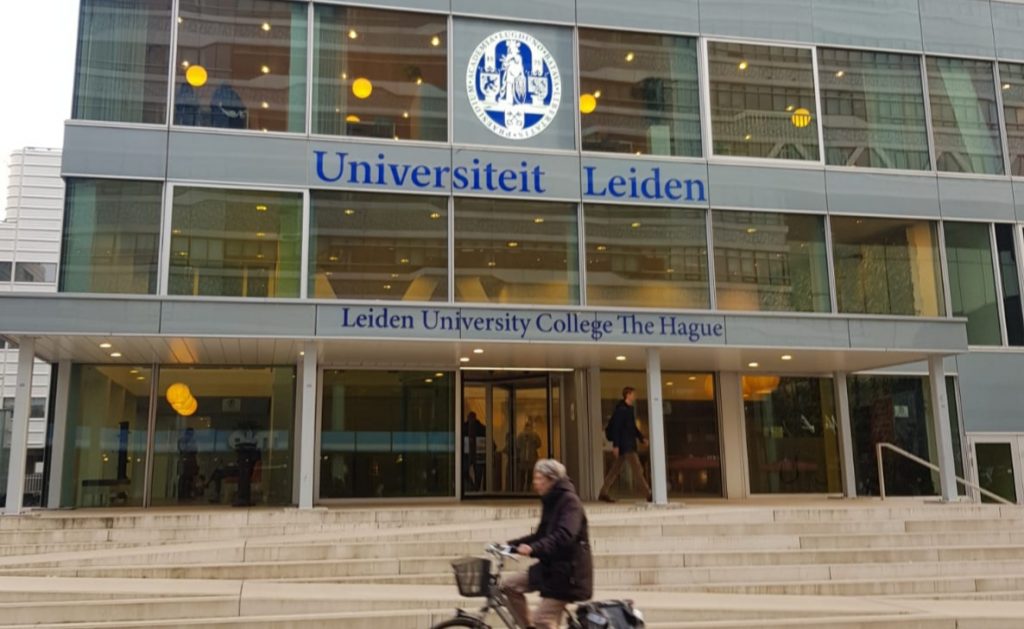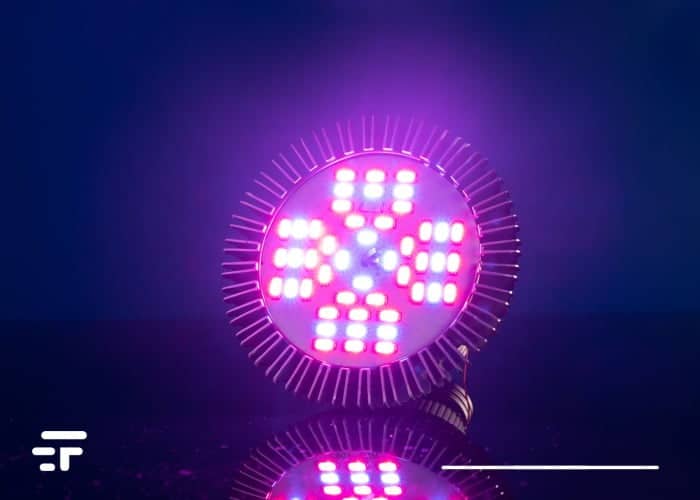Imagine being able to develop the same power of plants, that of photosynthesis. We could meet our growing energy demand with green hydrogen and carbon neutral biodiesel. Scientists have been trying to achieve this goal for decades: next June 8, the chemist Chengyu Liu will illustrate toLeiden University, in the Netherlands, another step that advances the technology of artificial photosynthesis. Now the goal is within our reach already in this century.
You are moving forward towards a revolution
It is Chengyu Liu himself, one of the leading researchers on artificial photosynthesis, who sets the 'roadmap' towards the revolution. “I think that the first real application of artificial photosynthesis will already take place within twenty years”. I would add that, considering the timing of its adoption, it will then take another 20 or 30 years for its use on a large scale. This brings us to around 2070. Not bad, for a goal that until some time ago was considered impossible.

True green hydrogen
Hydrogen-powered vehicles already exist, but producing this carrier requires a significant amount of energy. The “green” hydrogen that is talked about today simply means that the energy to obtain it comes from a wind turbine or a solar panel rather than from coal, gas or oil. With artificial photosynthesis, the energy to produce hydrogen would come directly from the sun.
What will our world be like when artificial photosynthesis is the standard? Will we have “artificial trees with artificial leaves” to meet our energy needs?
Liu is thinking more of widespread diffusion (like today for solar panels on roofs) or large photosynthesis plants in the desert. What matters to him, however, is to lower prices and optimize devices: only this will lead to mass adoption.
“It would be great if we could use sea water,” says the scientist, “because it is abundant. We would use devices that produce very cheap energy with free sunlight, free seawater and free CO2.”

Two key components for artificial photosynthesis: water splitting and CO 2 reduction
Artificial photosynthesis, like the natural one of plants, consists of two processes. One is the splitting of water into hydrogen and oxygen. The second is the conversion of carbon dioxide into energy-rich hydrocarbons. The goal is to build a device that simultaneously reduces CO 2 levels in the air and produces fuels and oxygen.
In his PhD research, Liu focused on the first part: making hydrogen and oxygen from water. A reaction accelerator or catalyst can help make that reaction more energy efficient. Liu has developed strategies to design more efficient catalysts. The ideal catalyst is not only efficient, but also economical and easily available. I translate: it should not involve rare metals.
Liu's study advanced the field of artificial photosynthesis, revealing new design rules and methods for efficient photocatalysis. “The findings provide essential knowledge and a practical approach. I can't wait to continue my work"


